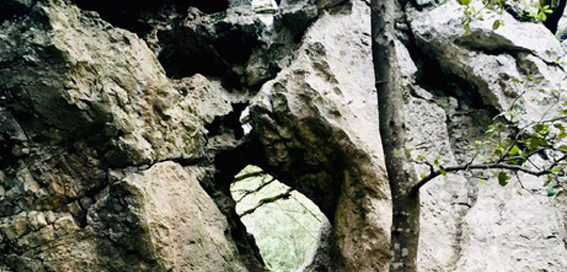CREATIVE PROCESSES: FROM THE SCHOOL TOWARDS THE SCHOOL
In Creative Processes we are doing a workshop to string chairs. A traditional and traditional Mallorcan technique used to restore chairs, carried out by rural people when winter forced them to spend more time at home. During the process, we take out the damaged ropes and learn to string again, combining the rope with creative and original materials. In this way we learn to recycle and reuse, and give new life to the school material. If you want to get into this art, we wait for you every Thursday from 8:30 a.m. to 10 a.m.











